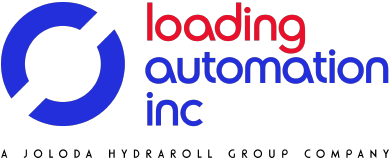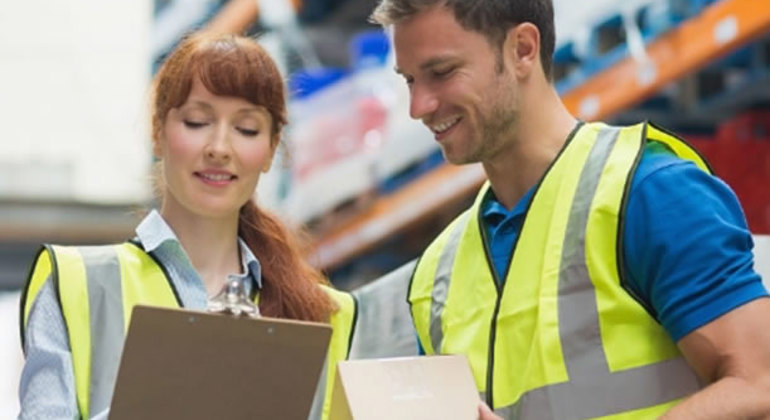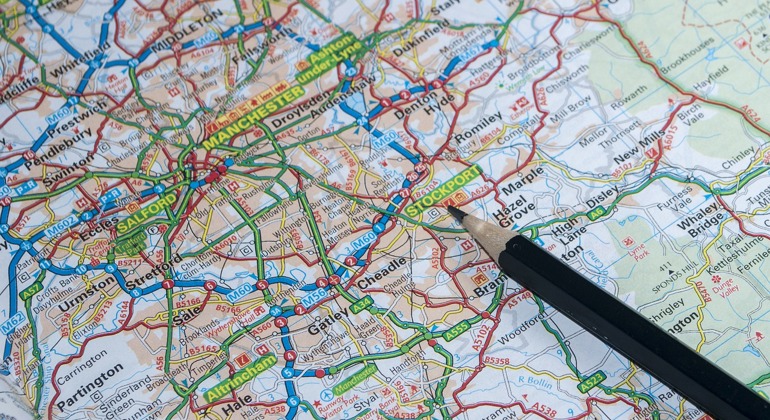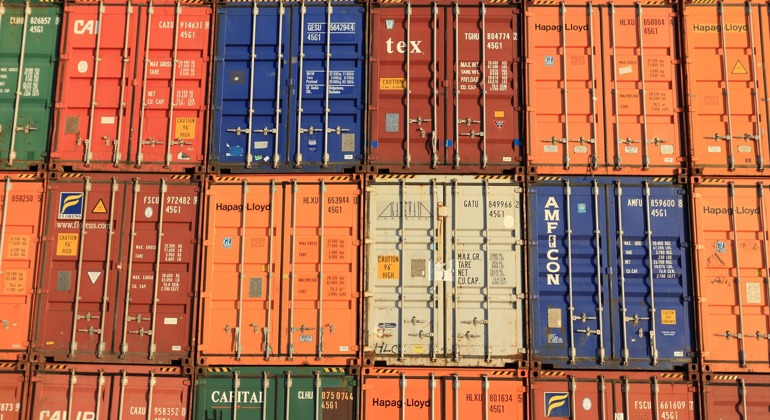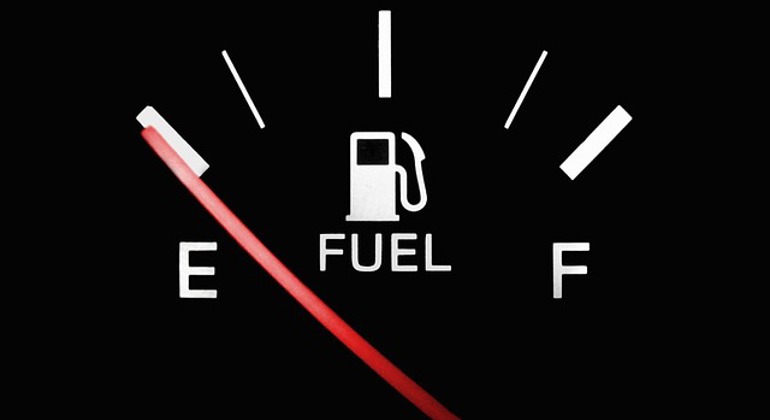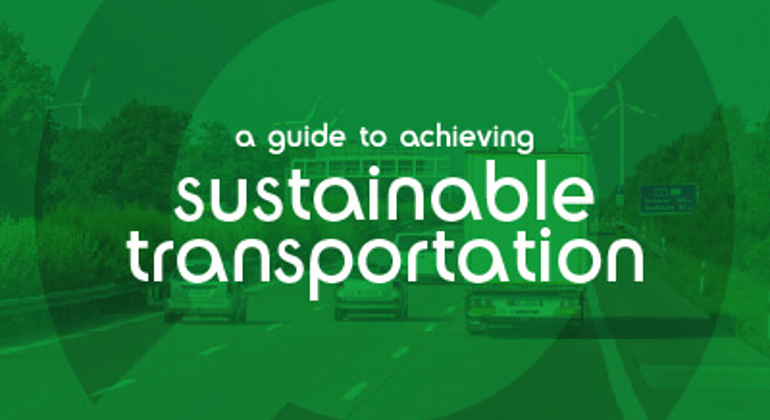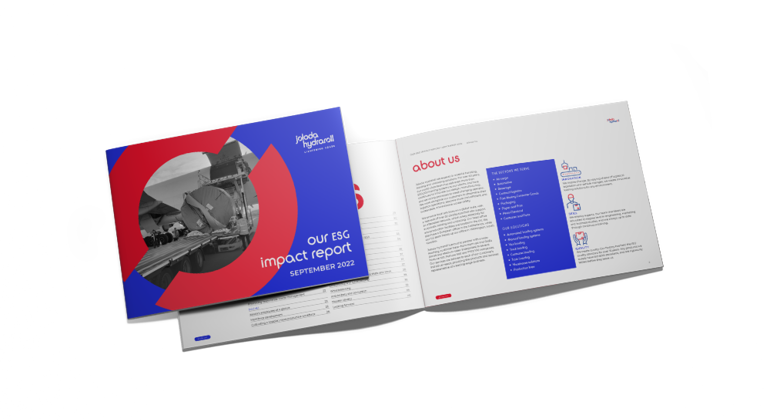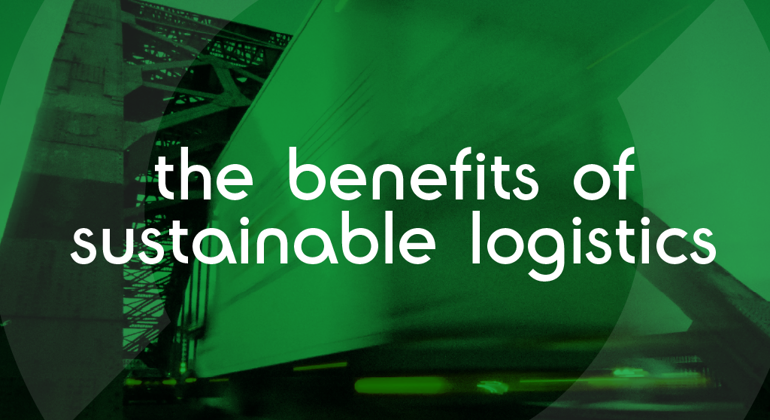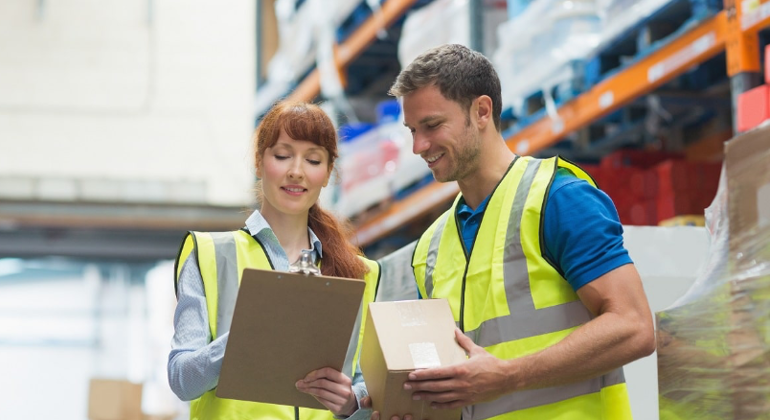Sustainable transportation, or ‘green transportation’, is a broad term that, in the business context, describes the ways in which a business or organisation works to make its transportation practices and vehicles more environmentally friendly. Examples of sustainable transportation measures may include using an electric vehicle fleet or reducing the number of miles between stops on routes that have more than one stop.
Corporate environmental responsibility has become an important concept for all businesses, not just transportation businesses, to acknowledge and pursue. An environmentally responsible business can reduce business risk, boost its reputation and enjoy cost savings. Energy efficiency and conservation can help keep costs down, and efforts to operate sustainably can reward the business with government grants. Below is a look into the benefits of operating a sustainable transportation company.
Book a FREE Loading Assessment
Learn how to make the loading process safer and more efficient with a no-obligation assessment...
BOOK NOW